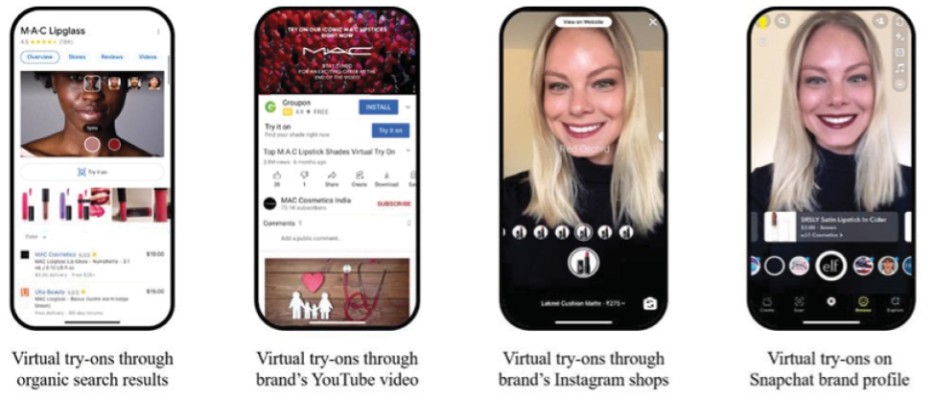This solution was developed from a deep learning database with over 10 million sample models across all skin tone groups. The AI deep learning algorithm detects the full spectrum of skin tones based on 89,969 shades with unlimited grades from light to dark and true undertones from warm to cool, providing excellent foundation matching and product recommendation. It also supports various types of foundation textures such as matte and glow, and the intensities can also be adjusted to closely mimic the real-life coverage levels for the ultimate consumer experience.

AI Skin Analysis
Launched in 2017, our skin analysis leverages our cutting-edge technology to detect a full suite of skin concerns. We developed this skincare solution alongside dermatologists based on clinical data. It can instantaneously detect skin conditions, including moisture level, oiliness level, acne, discoloration, dark spots, dryness, uneven skin, redness, wrinkles, texture, dark circles, eye bags, etc., regardless of your skin type and ethnicity.
Our skin analysis was developed using over 70,000 medical grade images to build AI deep learning algorithms and is verified by skincare experts. It analyzes three images of a person’s face — front, left, and right profiles — which ensures full facial area coverage. In addition to detecting skin concerns, our AI engine can also generate visual simulation that tracks gradual improvements directly on a consumer’s face. It can also give recommendations to consumers that can be tailored to brands’ products and clinical tests. Our skincare solution is proven to be highly accurate against dermatological tests. It has been adopted by some of the largest global skincare brands, such as Neutrogena and Clinique.

44












